Ford’s Strategic Realignment:
Redefining the Road: Farley’s Vision for Ford
During a revelatory interview with Car Magazine, Jim Farley, CEO of Ford, proclaimed a decisive end to uninspired offerings. In a somewhat historic twist, Farley’s declaration—coincident with the European debut of the Explorer—marked a revolutionary pivot for Ford. Embracing an “iconic” ethos, the automotive giant intends to phase out conventional models deemed as dull investments, in favor of vehicles oozing with character and verve, encompassing an electric and adventurous line-up.
Historical Patterns:
Evolving Legacy: Ford’s Progressive Model Pruning
Ford’s history of streamlining their suite of vehicles is not a novel strategy. The discontinuation of models like the Mondeo in Europe reflects a consistent trend where synonymous names like the Fusion met a similar fate in the United States. This pattern extends to other mainstays such as the Focus, Fiesta, Flex, C-Max, and Taurus—each retired as part of a vision focusing on the exceptional over the standard.
Pricing and Exclusivity:
The High Cost of ‘Boring’: Ford’s Financial Foresight
The commonality among the retired models lies in their affordability, which paradoxically, translates to modest returns for the company. By trimming these economical options, Ford appears to be distancing itself from its historical image as the automaker for the everyman, and realigning with a more premium, exclusive demographic.
A Maverick Exception:
The Maverick Paradox: Affordability Amidst Exclusivity
Amidst this upscale transformation, the Ford Maverick stands out as an anomaly. As a budget-friendly pickup, it defies the trend towards heftier and pricier offerings, yet underscores the company’s broader trajectory towards vehicles that inspire and excite.
Aspirations of Grandeur:
Ford’s Competitive Drive: Aiming High Against Luxury Titans
Jim Farley voices a bold competitive streak, envisioning a future where the Mustang doesn’t merely emulate but surpasses rivals like Porsche in stature. This aspirational mindset delineates Ford’s direction away from the burgeoning low-cost electric vehicle sector predominantly led by Chinese manufacturers and towards creating legacy-defining vehicles with broad appeal to affluent enthusiasts.

Proven Success Formula:
Raptor and Icons: Harnessing the Blueprint for Automotive Success
Ford’s Raptor enjoys a storied reputation as the high-performance incarnation of the F-150 truck. Its triumphs in the market exemplify the type of success Farley envisions for the entire Ford lineup—models like Raptor, Mustang, Bronco, and future EVs underscore the brand’s aspiration for iconic status.
Facing Challenges:
The Duality of Aspiration: Balancing Ambition with Realism
Despite Farley’s optimistic outlook, concerns about the tenuous nature of EV markets in the US and Europe raise questions about Ford’s strategy. As Ford ventures into the realm of luxury, it confronts the dilemma of building its presence in a segment replete with established brands while vying to captivate a market entranced by affordable cars.
Concluding Insights:
Navigating Uncertainty: Ford’s Pursuit of Iconic Distinction
Ambition and reality grapple in Ford’s strategic gamble. Forging ahead with a portfolio of performance and luxury could position Ford at the vanguard of premier automotive experiences. Nevertheless, constant innovation will be paramount as Ford endeavors to transcend its everyman heritage and redefine itself amidst the elite, seeking to balance its storied past with an intrepid pursuit of the extraordinary.


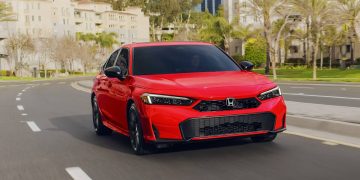
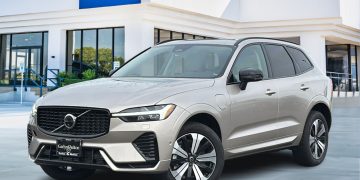
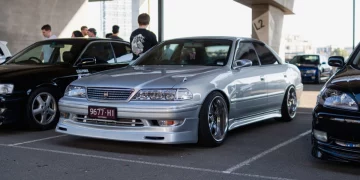

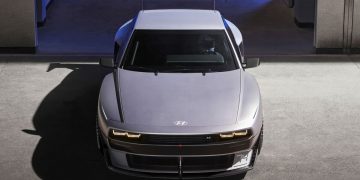

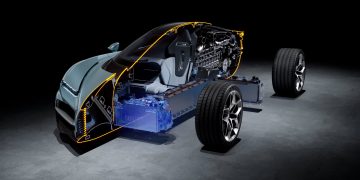
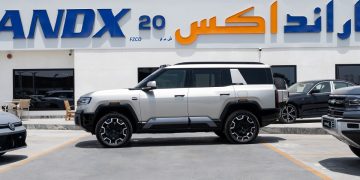

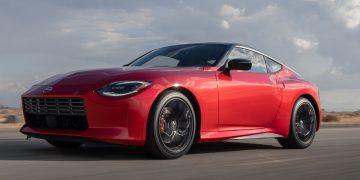







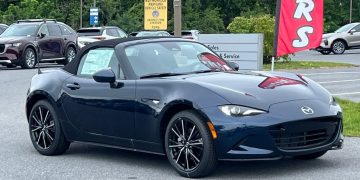
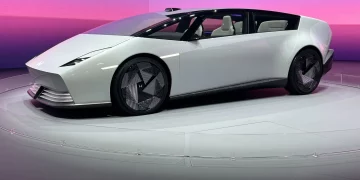
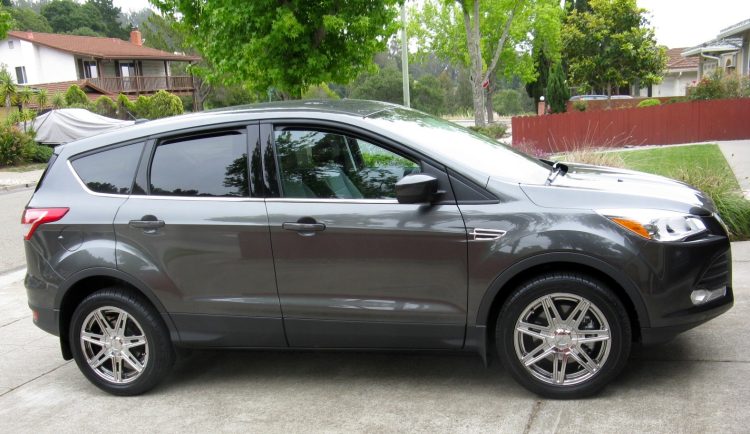












Discussion about this post